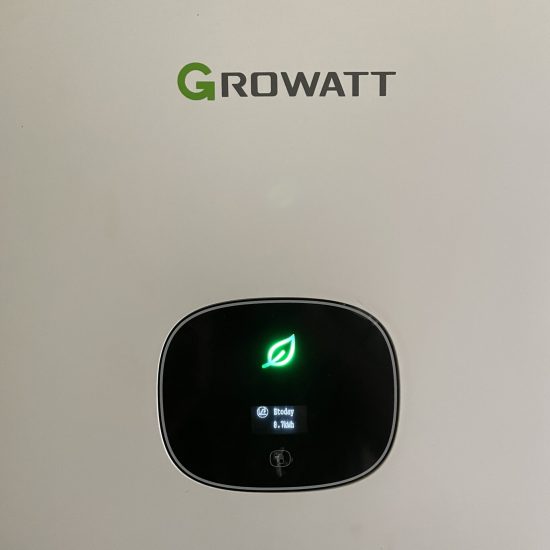“Calculate Solar Energy System Capacity for Your Needs.”

In a world where sustainability and renewable energy sources are becoming increasingly important, harnessing the power of the sun through solar electricity has emerged as a viable and eco-friendly option. If you’re considering making the switch to solar energy, it’s crucial to understand how to calculate the kilowatt-hour (kWh) capacity of your solar system according to your individual needs. This blog post will walk you through the process step by step.
If you’ve ever wondered how to determine the right solar capacity for your home or business, you’re in the right place. In this blog, we’ll break down the process step by step, shedding light on the terminology, calculations, and considerations necessary to make an informed decision. Whether you’re an environmental enthusiast, a budget-conscious homeowner, or simply curious about solar power, this guide will help demystify the process and set you on the path to harnessing the sun’s energy efficiently. So, let’s dive in and explore how to calculate your solar electricity capacity according to your needs – it’s a sunny adventure you won’t want to miss!
Understanding Solar Electricity and kWh
Before diving into calculations, it’s essential to grasp some fundamental concepts:
Solar Panels: Solar panels, also known as photovoltaic (PV) panels, are devices that convert sunlight into electricity. The amount of electricity they produce depends on various factors, including the panel’s efficiency, orientation, and location.
kWh (Kilowatt-hour): kWh is a unit of energy that represents the amount of electricity consumed or generated over one hour. It’s a standard measurement used to determine your electricity needs and solar capacity.
Step 1: Determine Your Energy Needs
The first step in sizing your solar energy system is to assess your current energy consumption. You can obtain this information from your utility bills, which typically display your monthly or annual energy usage in kilowatt-hours (kWh). Take note of the past 12 months to account for seasonal variations.
Step 2: Set Your Solar Goals
Determine what you want to achieve with your solar energy system. Are you aiming to offset a certain percentage of your energy consumption, achieve complete energy independence, or simply reduce your electricity bills? Your goals will help determine the size of the system you need.
Step 3: Consider Your Location
Solar energy production varies by location due to differences in sunlight exposure throughout the year. The amount of solar radiation your area receives, often referred to as the solar insolation, plays a significant role in system sizing. Online solar calculators or consulting with a local solar installer can help you estimate your area’s solar potential.
Step 4: Calculate Your Solar Capacity
Now, it’s time to calculate your solar capacity in kWh.
Use the following formula:
Solar Capacity (kWh) = (Energy Needs in kWh) / (Panel Efficiency) / (Daily Sunlight Hours)
For example, if your energy needs are 600 kWh per month, you have 20% efficient panels, and your location receives an average of 5 hours of sunlight per day:
Solar Capacity (kWh) = 600 kWh / 0.20 / 5 hours = 6000 watts (6 kW)
So, you would need a solar system with a capacity of approximately 6 kW to meet your energy needs.
Step 5: Account for System Losses
Solar energy systems are not 100% efficient, and various factors can cause energy losses, such as shading, dirt, and inverter inefficiencies. Typically, you should factor in a system loss of 10-20% when determining your required capacity.
Step 6: Calculate Your Solar System Size
To determine your solar energy system’s capacity, use this formula:
Required System Capacity (kW) = (Energy Consumption (kWh/yr) / Solar Insolation (kWh/m²/yr)) / (1 – System Loss)
Step 7: Choose Your Solar Panels and Inverter
Select solar panels and an inverter that match your calculated system capacity. Keep in mind that different panels and inverters may have varying performance characteristics, so consult with a professional to ensure compatibility with your system.

Step 8: Consider Future Expansion
If you have plans to expand your energy usage or electric vehicle charging needs in the future, consider sizing your system with room for growth. This can help you avoid the need for costly system upgrades down the line.

Calculating the right solar energy system capacity for your individual needs involves a combination of assessing your energy consumption, setting clear goals, accounting for location-specific factors, and considering system losses. By following these steps and consulting with a solar professional, you can design a solar energy system that not only meets your current needs but also sets you on a path to a more sustainable and cost-effective energy future.
